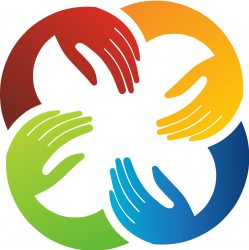By Amy Haddad Published: 06/13/2016 “If you’ve had a rotator cuff tear, physical therapy will be important to help you regain shoulder strength and range of motion. Here are examples of several typical exercises and stretches you may encounter on your road to recovery. 1. Pendulum swing Stand to the side of a table, steady […]
How can massage help with a rotator cuff injury?
“The rotator cuff is a group of four muscles and tendons that surround the shoulder joint, keeping the head of your upper arm bone firmly within the shallow socket of the shoulder. A rotator cuff injury can cause a dull ache either in the front or back of the shoulder, which often worsens when you […]
